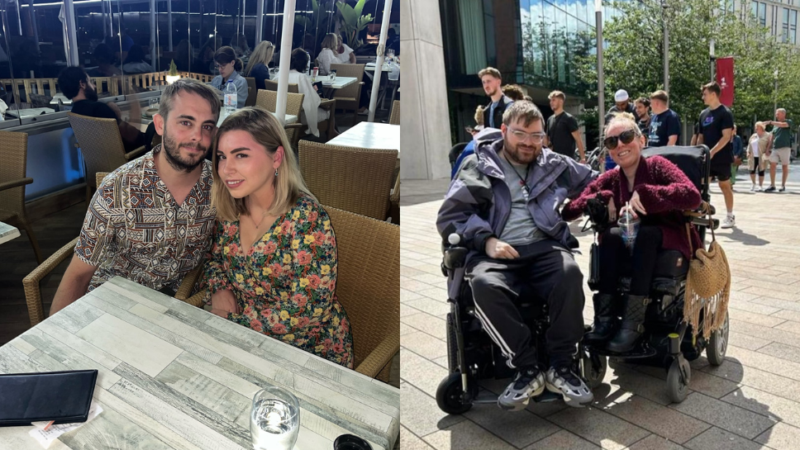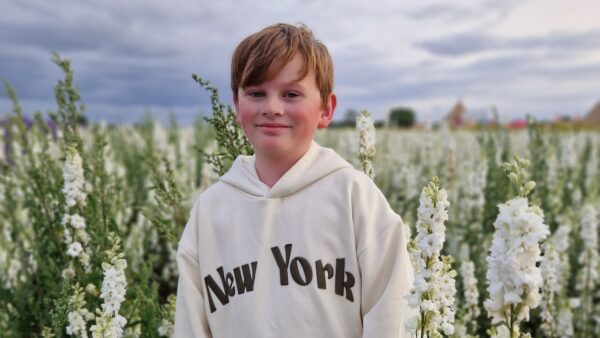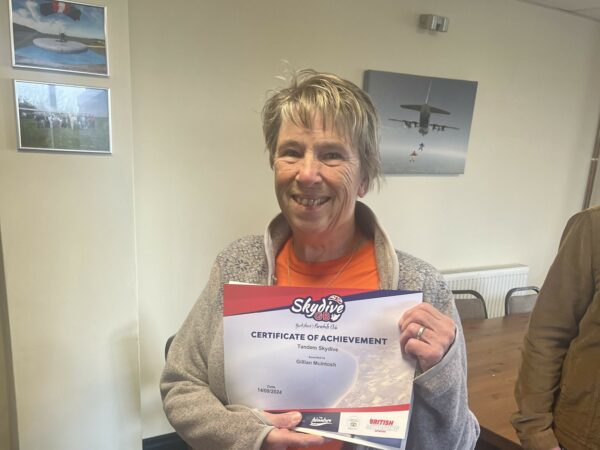The first signs of UCMD may be seen at birth or are usually evident within the first year of life. These include poor head control and delays in reaching motor milestones such as sitting unaided, crawling, or walking. Failure to gain weight and grow at the expected rate are also often early symptoms. The severity of symptoms at onset and progression varies amongst those affected and depends on the specific change in the COL6 genes. Initial symptoms could be subtle and go unnoticed, and the diagnosis may not be made until infancy or childhood.
Muscle weakness
Muscle weakness is often noticeable soon after birth. Various muscle groups are affected, including the arms, legs, core, and breathing muscles. The condition is expected to be slowly progressive.
The severity of weakness can vary greatly. Some children with a more intermediate form may learn to walk but later lose this ability, while those with UCMD at the most severe end of the spectrum may never be able to walk on their own.
Joints and spine
People with UCMD typically develop significant stiffness in the joints, known as contractures. This is where the tendons in the muscle tighten up and limit the range of movement, affecting mobility and fine motor skills (coordination of small muscles in the fingers and hands for activities like brushing your teeth). These may be present at birth and can affect the hips, knees, and elbows. Changes in the hip joints can result in dislocation in a child’s hips. At first, there may be significant joint flexibility (hyperlaxity) particularly in the hands and feet, with these joints stiffening up later in life.
Most children with UCMD develop scoliosis, where the spine curves to the side. It’s important to monitor the spine in a multi-disciplinary specialist clinic, where the team can consider options to improve posture and slow the progression of the curvature.
Respiratory
Breathing problems can occur because of weakness in the respiratory muscles, including the diaphragm. This can start at an early age so children and young people with UCMD should be reviewed and monitored in a specialist clinic. They may have frequent chest infections and breathing problems during sleep. Overnight breathing problems may result in symptoms of daytime sleepiness, morning headaches, poor appetite, weight loss, and increased fatigue.
Feeding difficulties
Children with UCMD often have difficulty feeding. This can result in long mealtimes and failure to gain weight in the first few years of life. Issues with nutrition can continue into adulthood and require monitoring.
Skin abnormalities
Cuts and injuries to the skin may heal slowly and leave thick, raised scars called keloid scars. Scars can happen after surgical procedures, injuries, or pressure sores caused by prolonged immobility. Skin on the arms and legs may feel rough or bumpy (hyperkeratosis pilaris). This happens because the skin contains collagen VI. Taking steps to prevent injuries and skin damage where possible is important.



